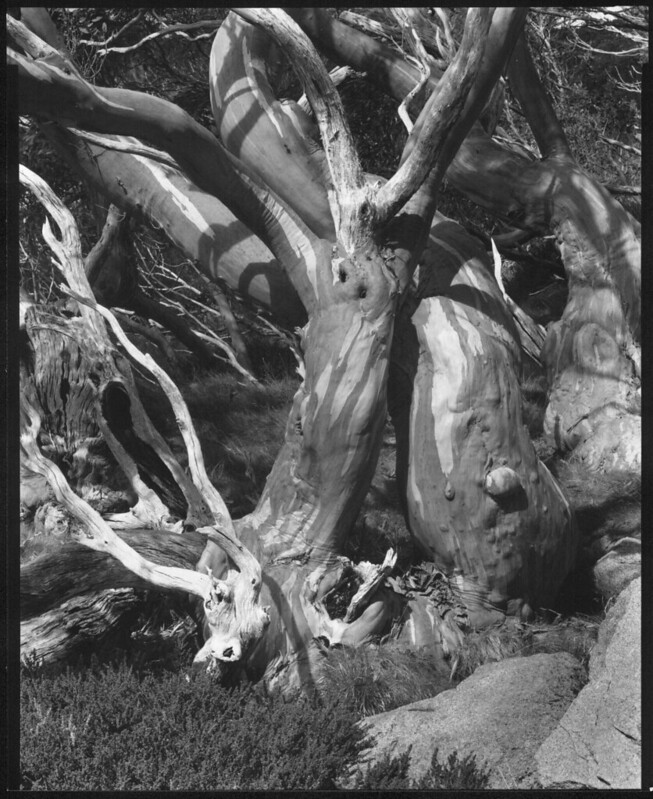Maris wrote:
I reckon the 20 Celcius tradition as a developer temperature has no deep technical basis. It was just a convenient value based on historically average European tap water. Accurate temperature control is very difficult but accurate time control is very easy. That's why I just measure the temp and adjust the timer accordingly. If the dev temperature was 32 Celcius I'd give 2 minutes 20 seconds, if 28 Celcius I'd give 3 min 50 sec, and so on. The end result is the same in both cases.
There is about a day's work in establishing an accurate time vs temperature chart for any conventional developer; once done, forever known.
Maris, I’m not so sure the 20ºC was that convenient, although I would suggest it was pretty convenient as that was more or less an average room temperature perhaps in the 1800’s and through to the mid to late 1900’s.
I would have thought the adherence to a 20ºC developing temperature was mainly to ensure the emulsion didn’t lift off, or in the case of glass plates, slide off. I worked in graphic arts in the seventies and through to the late eighties. One department, a blocked off corner actually, was dedicated to applying emulsion to re-usable glass plates.
These glass plates were coated with an orthochromatic emulsion under a safelight, then exposed in a gallery camera, then hand developed in huge dishes/trays also under a safelight.
In the summertime (Melbourne) the tap water temperature usually climbed to the mid to high 20sºC. We had two options, use ice to keep the bath close to 20ºC, or add Sodium Sulphate to the (slightly different) formula. The Addition of the Sodium Sulphate would let us use temperatures to about 26ºC, higher than that and we ran into trouble again.
Except for really hot spells, we formulated a tropical developer, which apart from miniscule differences, was usually just the same formula but with the addition of Sodium Sulphate. Traditionally we started using it after the Christmas break in mid January, through to the first week of March. When a really hot spell came, we just added ice to the sink then the dishes would float and remain cooler. Sometimes they got too cool, but that’s another story.
I have mixed my own tropical developer for times when I couldn’t get the developer below 25-26ºC, I don’t bother any more as my darkroom has an air conditioner. More to the point, most modern B&W emulsions can withstand pretty high temperatures with the last time I suffered reticulation on panchromatic film being in the very late seventies.
As most photographic processes in times gone by, had the photographer or their assistant coating plates. Lifting of the emulsion by whatever means, would be catastrophic and waste not only time and money, but induce sheer frustration to all concerned.
If anyone would like some Sodium Sulphate to mix up a tropical developer, I have about 12-15kg of it left from a 25kg bag and as I have hardly used it over the last 15 years, I can supply some to anyone for the price of postage.
By the way, wonderful photograph.
Mick.
